

Time management and organization have never come naturally to me. When life became unmanageable—a constant since my second child arrived—I looked to the experts. Not once did I think of listening to my own rhythm and body. Productivity, I thought, was something to master, not something to understand.
Then I hit a wall.
I was tired of feeling like this, so I stopped fighting my own nature. I stopped taking productivity advice from people who don’t have ADHD.
For years, I had been trying to contort myself into someone I wasn’t—structured, disciplined, and neatly organized. A person who could follow a system designed for a brain that didn’t work like mine. Why had I ever believed I could manage my time the same way they did?
The shift was subtle but changed everything. I’m unstuck, no longer languishing, moving ahead with purpose. I know I’ll get stuck again, but I also know this: I’m done chasing solutions that were never meant to work for me.
Today, I’m sharing what does work—how I get things done without draining myself in the process. Because when we work against who we are, burnout isn’t a possibility. It’s a guarantee.
Notes on Productivity, Rest, and Worthiness
A note on productivity.
I define productivity as doing what I said I’d do—for myself, for others—in a way that makes sense for my life. I spent two years trying to heal burnout by “resting,” only to feel worse with each passing day. Turns out, rest isn’t just stillness. Some kinds of rest are active, and learning to restore that changed everything.
A note on rest.
Different kinds of rest follow different kinds of productivity. Knowing what you need means knowing your limits. Trying to function like someone without ADHD only pushed me further from those signals. ADHD brains need different types of rest—emotional, mental, creative, physical, passive.
I don’t recharge by watching TV. I recharge by reading, cooking, taking long walks, and practicing Pilates. To outsiders, it might look like I’m always going, but this kind of movement restores me. Sometimes, organizing a junk drawer is self-care. Other times, it’s a warning sign. When I’m mentally drained, TV helps. When I’m emotionally overwhelmed, it makes me feel stuck. Learning the difference changed everything.
A note on worthiness.
We are taught to measure our worth by what we produce. Part of my midlife journey has been rejecting that, untangling my value from my output, and focusing on making rather than measuring. If you’re in the thick of that, this post may not be what you need today.
Your worth is not your work. But making—creating, moving, shaping something from nothing—is an expression of you. It’s life-giving. It’s confidence-building. It’s the thing that can pull you out of a spiral before it takes hold. When I started honoring my inner drive to create, productivity stopped being something I chased. It became the natural result of finding my flow. Momentum, not depletion. Creation, not extraction. And that changed everything.
When I started honoring my inner drive to create, productivity stopped being something I chased. It became the natural result of finding my flow. Momentum, not depletion. Creation, not extraction. And that changed everything.
Living with Limitations, Both Mental and Physical
I am a working mother with hobbies, a social life, and a deep appreciation for a good night’s sleep and daily physical movement. I don’t want to give any of that up. So, I accept that I don’t have long, uninterrupted stretches for deep-focus work like I used to.
I also accept that sometimes I don’t know if I need rest or momentum. The only way to know is by tuning into my body, and that requires emotional regulation, which is also hard to access when you’re overstimulated.
My ability to access my most “productive” self is limited and not consistent. Knowing I’m not always going to make the right choice helps me find some grace rather than falling into a shame spiral. I used to make my inability to get things done mean something about me as a human being. We don’t do that anymore. Some days I can give myself what I need. Some days I just mess up. Life goes on.
Achieving optimal productivity every day is unrealistic. When I do yoga, my body can feel entirely different from one day to the next. Brains are like that too. There are times when work and life feel like an uphill battle. Switching tasks feels harder than it should be. And there are seasons where efficiency just isn’t in the cards—accepting that has been key to finding a way through.
Because I don’t have hours to ease into focus, I’ve had to hack my system. In doing that, I learned three essential principles that help me get things done with a neurodivergent brain: simplicity, urgency, and momentum.
Here’s how they shape my daily life.
3 Principles I Follow for Improved “Productivity”
Principle 1: Simplicity
I maintain simple systems for capturing ideas, documenting tasks, and organizing all of the above. The key is that the processes are easy to repeat and everything is easy to access—nothing is ever too complicated. This is paramount.
I use the Notes app and Reminders app on my phone as well as Notion to save ideas and tasks. I also write things down on paper because I will never be a fully digital person. The brain processes handwriting completely differently than typing. Aside from Notion, the apps on my phone are VERY simple and easy to use.
I use the bucket system for digital files (and physical objects in my home), something I first learned about from KC Davis, author of How to Keep House While Drowning. I use digital buckets to organize files on my computer in these categories: To-Do Lists, Writing, Business Projects, Content Creation, Family, Our Home, Learning, Finance, Mental Health, Cooking, Travel, Physical Health, and Clients.
Principle 2: Urgency
Those of us who are deeply familiar with procrastination know it’s a nasty habit that “works” because we get things done once we feel the pressure of time. However, I discovered that when I procrastinate and rush to get everything done quickly, I feel like my work is lacking because I don’t have time to practice deep work and get all my ideas out. To break the cycle of procrastination, I need to create my own urgency. This principle comes into play via the timer I use (more on this below).
Principle 3: Momentum
With any action, I’ve long known the hardest part is getting started, which is why creating momentum is so crucial. Because transitions are so difficult for people with ADHD, the principle of momentum keeps us going.
To create my daily momentum, I implemented a morning routine that’s pared down to the basics and prioritizes the most challenging thing first. I get up, brew coffee, and sit down to work immediately. This creates a natural influx of dopamine that can carry me through the day. I used to meditate and stretch before getting to work, and now I do it after I finish something that takes a lot of focus. I feel amazing and ready to tackle anything when I use momentum like this.
4 Productivity Tools I Swear By
For the same reasons I’m a fan of using pen and paper, I like physical tools that are not on my phone. Here are the four I always have at my desk.
1. Stay on Track Planner: This planner helps me plan the details of each week.
2. Timer: This is for practicing the Pomodoro technique and for simulating and creating urgency and constraints. I have three of them.
3. The Brick: The Brick blocks select apps on my phone for a set amount of time. Having a physical tool to limit my digital access is very important for me. Brick wins for its simplicity.
4. Apple Headphones: To lock in and tune out. White noise, sound bowls, EDM, rap. Doesn’t matter what it is as long as I can’t hear what’s going on around me.
I also turn to a few select resources and people for advice on productivity:
- How to Keep House While Drowning by KC Davis
- Scattered Minds: The Origins and Healing of Attention Deficit Disorder by Gabor Maté
- @an.alogy on Instagram, a neuroscience grad student who has ADHD.
My Work Routine
On Sunday night or Monday morning, I brain dump everything into my Stay on Track Planner—tasks, ideas, and notes I’ve collected throughout the week in my Notes and Reminders apps. Then, I use the Eisenhower Matrix to sort what’s urgent, what can wait, what can be delegated, and what’s just noise. I hate planning, but I’ve learned that pushing through this step makes everything else easier.
When it’s time to work, I take my brick and timer wherever I go—whether it’s my office, the dining table, or a coffee shop. I put on my headphones, pick a task, and set a timer: 25 minutes for small tasks like emails and captions, 45 minutes for deeper work like writing and design. The timer keeps me from falling into perfectionism (which is just procrastination in disguise).
I also set firm physical and digital boundaries. My phone stays out of reach, my texts are on mute, and if my office divider is up, my family knows I need uninterrupted time. It’s not perfect—kids still walk in—but it helps everyone be more mindful about what urgent actually means.
At the end of the day, I ask myself: Do I need to push through or call it a night? If I feel like finishing my to-do list will prove I “worked hard enough,” I go to bed. If wrapping up one last task will help tomorrow’s momentum, I give myself 30 more minutes. No rigid rules—just tuning in.
I used to make my inability to get things done mean something about me as a human being. We don’t do that anymore. Some days I can give myself what I need. Some days I just mess up. Life goes on.
The Power of Discomfort
I no longer take ease for granted because I know how hard simple things can be. I used to wait for the perfect conditions to write—now I jot things down in the middle of a grocery store. I follow ease when it presents itself.
But discomfort is always there.
When big projects feel overwhelming (hello, writing a book), I think about Phil Stutz’s string of pearls concept—progress is just adding one small action at a time. Some pearls aren’t great, but the point is to keep adding them. Getting started is 80% of the battle, and resistance never fully disappears.
Over time, I’ve come to appreciate the pain of doing hard things. It’s stripped my ego from productivity and shown me the meditative power of simply doing. The pain of creating comes from caring so much that we’re afraid—and that’s beautiful.
We don’t need to boss-babe our way back to hustle culture, but maybe we swung too far in the other direction. I know I did. Now, I think of self-care as self-respect: How can I make choices today that honor what I care about most?
There will always be parts of the process we hate, but the more we do them, the better we get at pushing through. And in doing so, we bring what we deeply care about to life.


Kate is the founder of Wit & Delight. She is currently learning how to play tennis and is forever testing the boundaries of her creative muscle. Follow her on Instagram at @witanddelight_.
BY Kate Arends - February 13, 2025
Most-read posts:
Did you know W&D now has a resource library of Printable Art, Templates, Freebies, and more?
take me there
Get Our Best W&D Resources
for designing a life well-lived
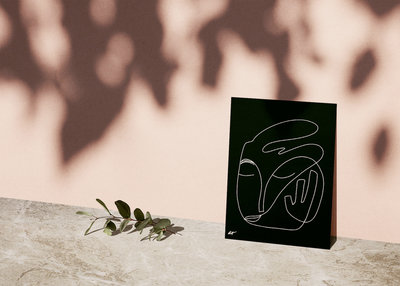

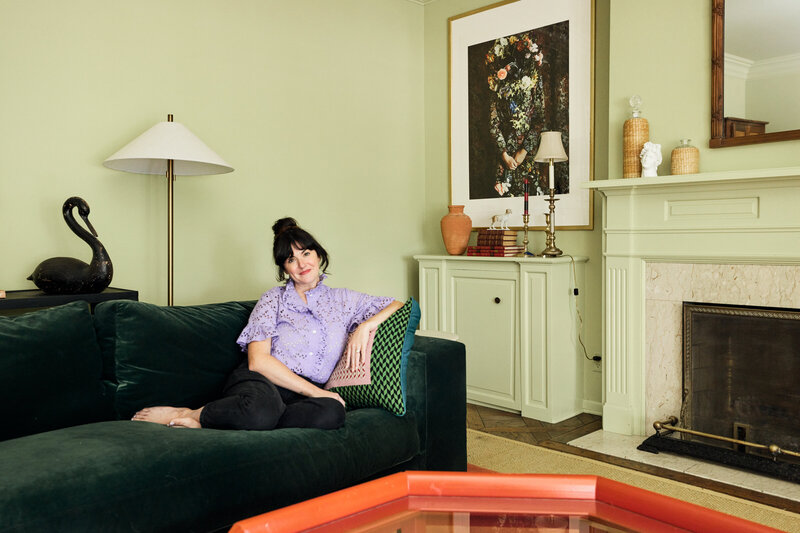

Thank you for being here. For being open to enjoying life’s simple pleasures and looking inward to understand yourself, your neighbors, and your fellow humans! I’m looking forward to chatting with you.
Hi, I'm Kate. Welcome to my happy place.
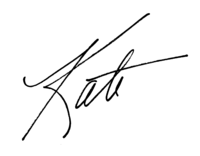



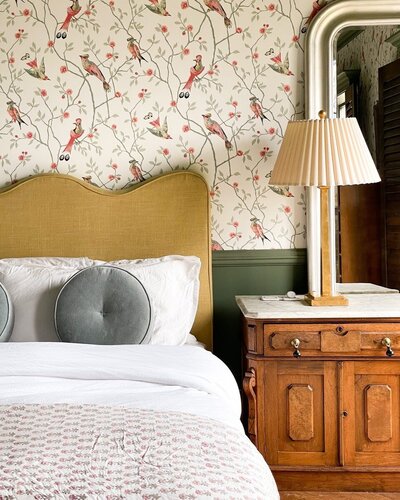

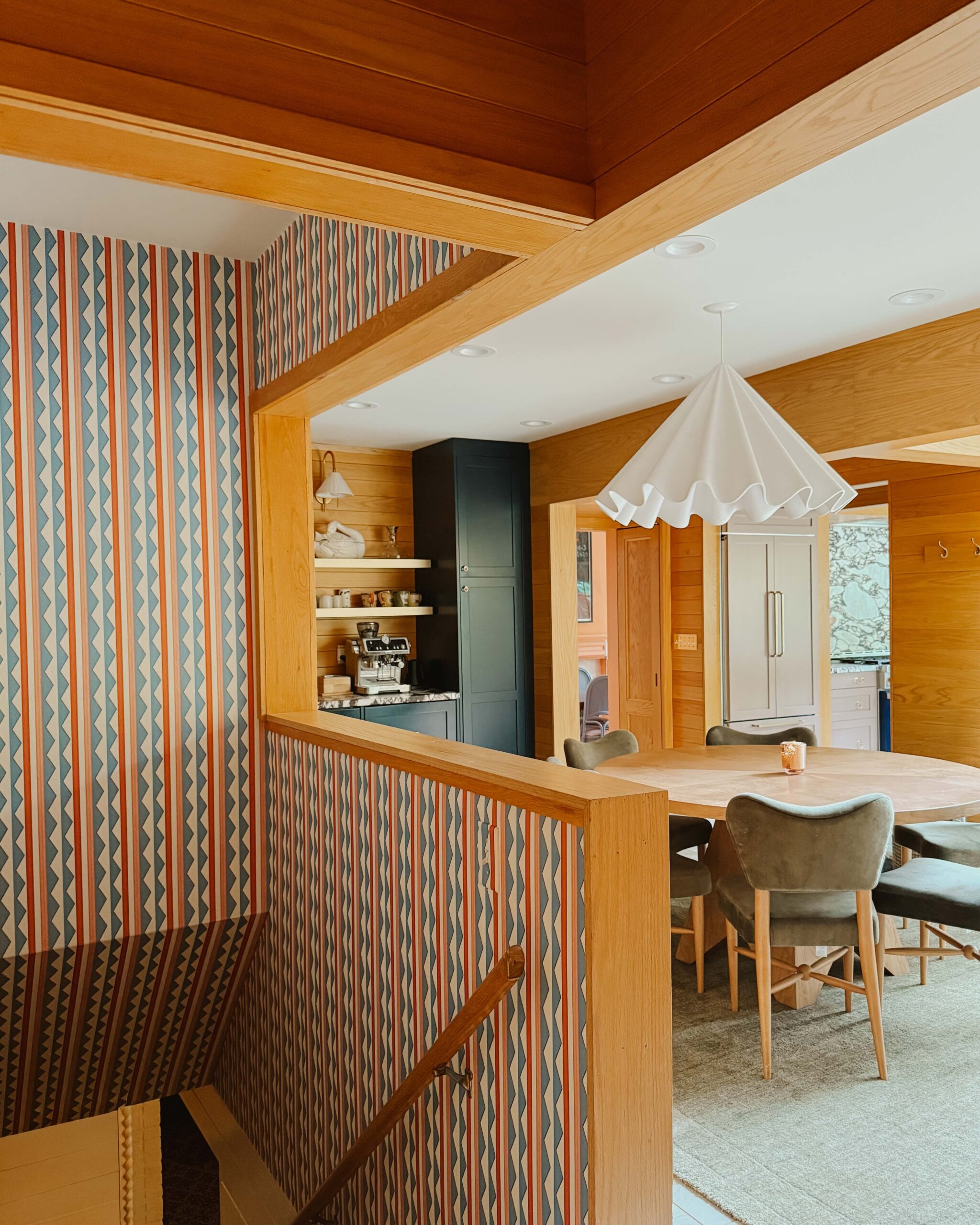
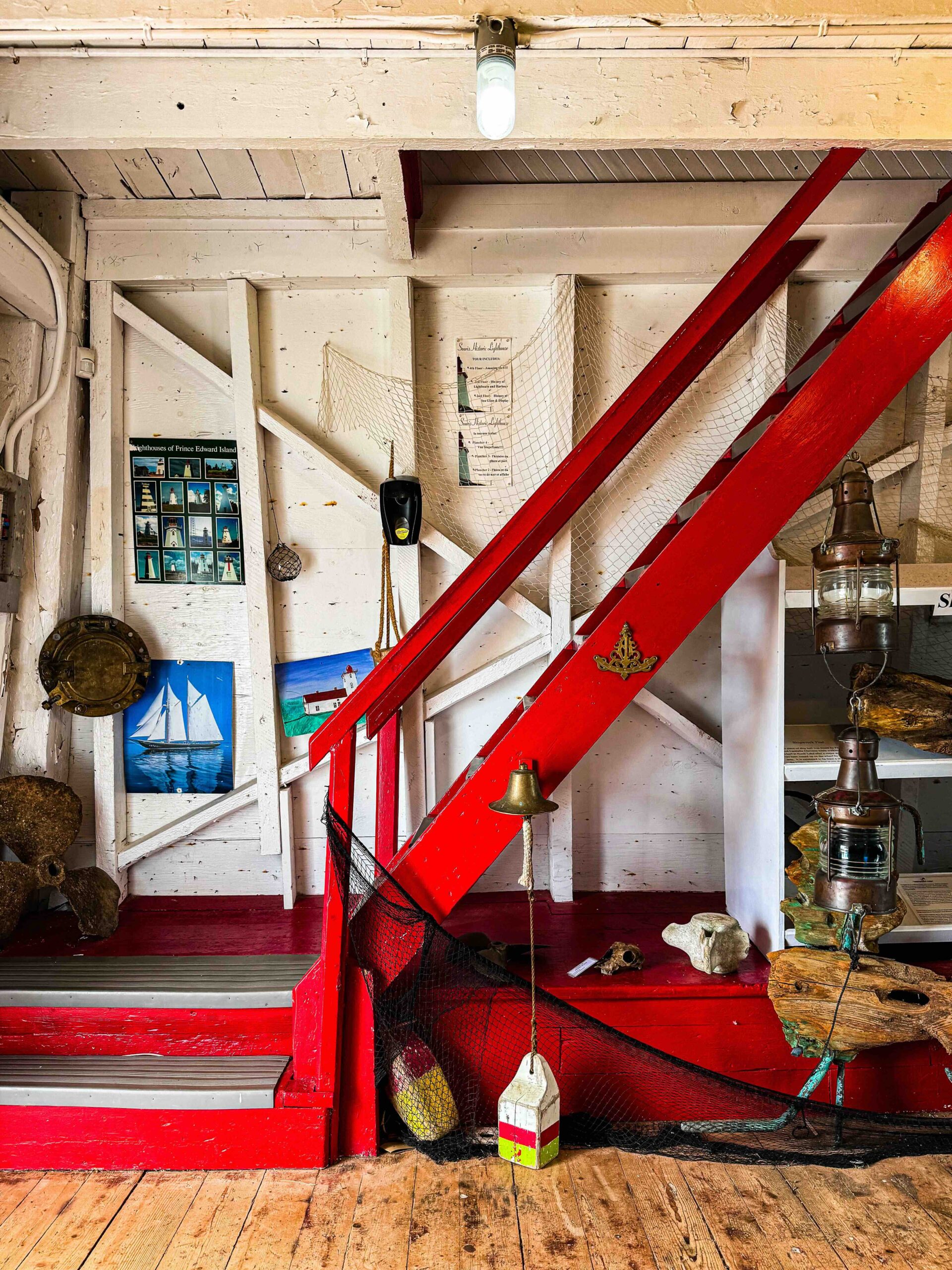
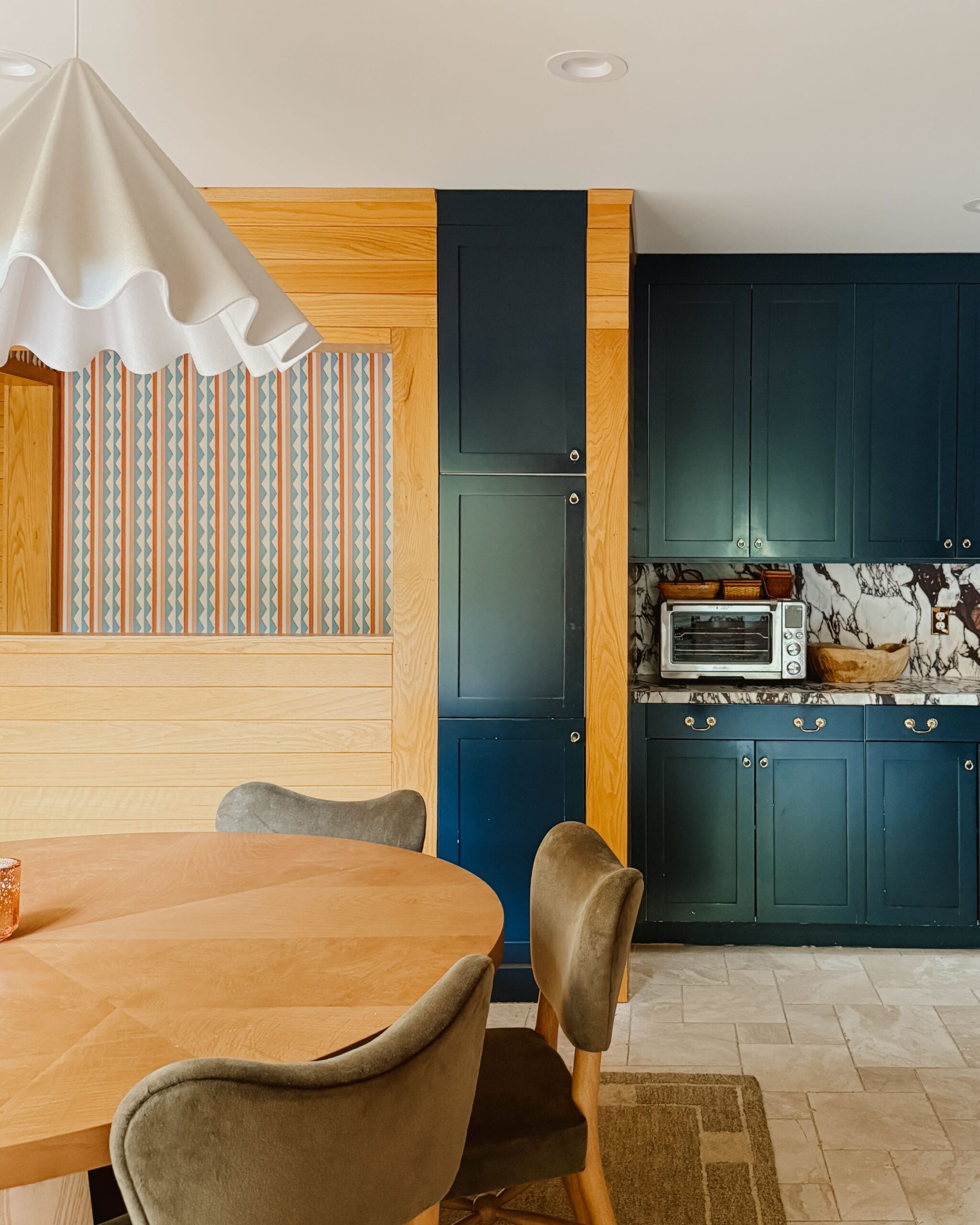

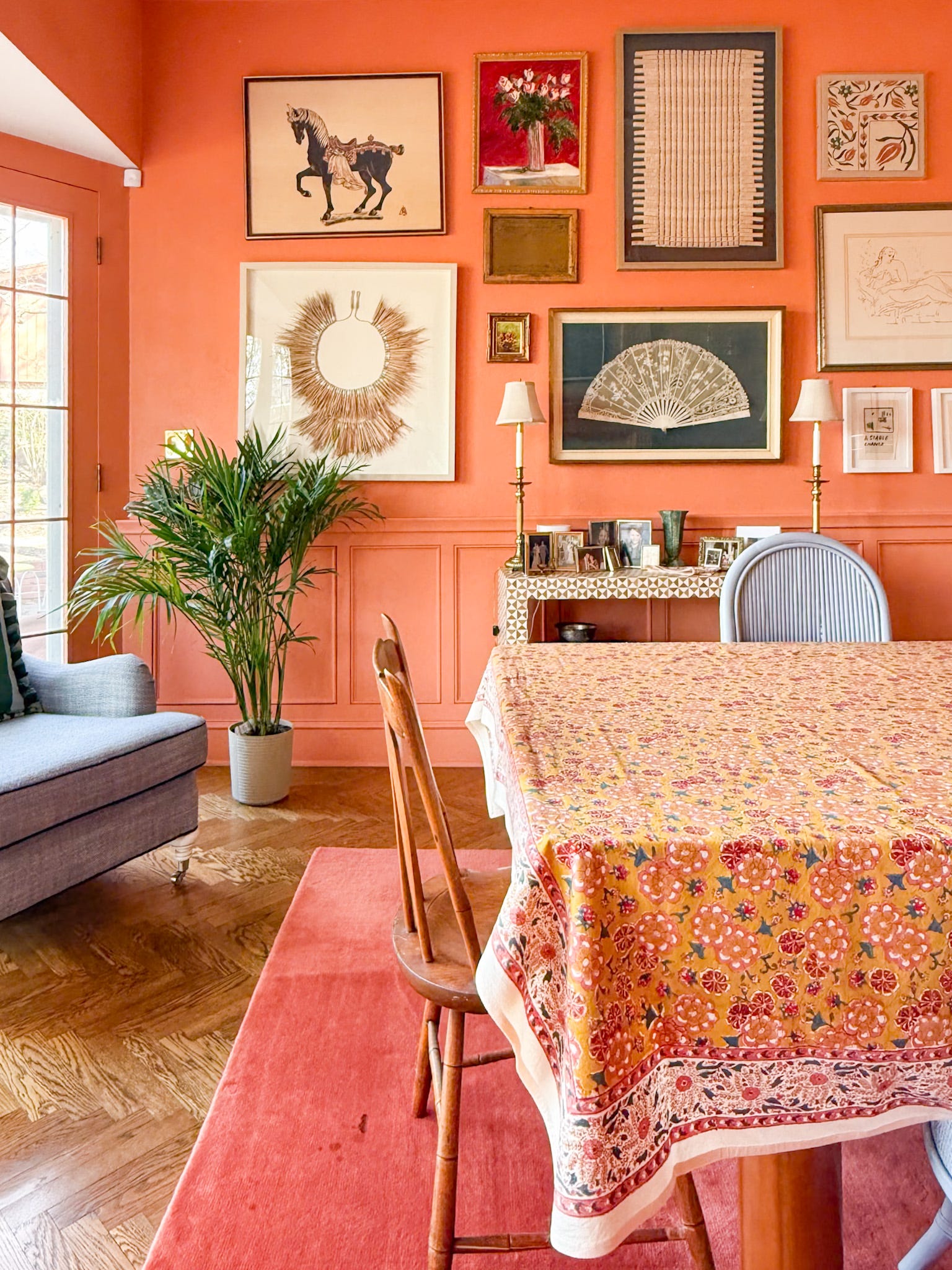


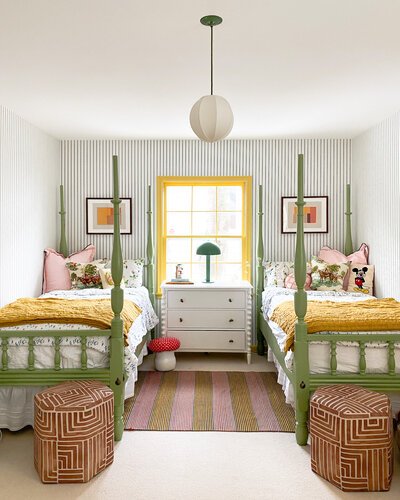
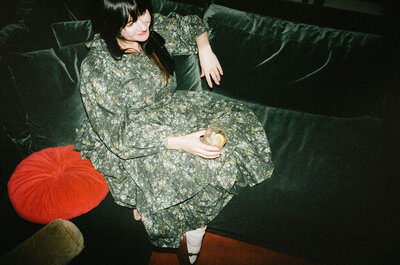
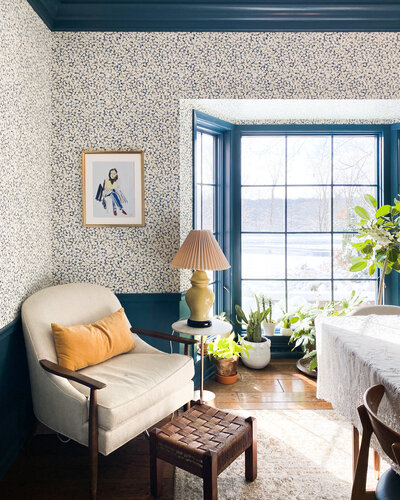
Like what you see?
Share Wit & Delight with a friend: